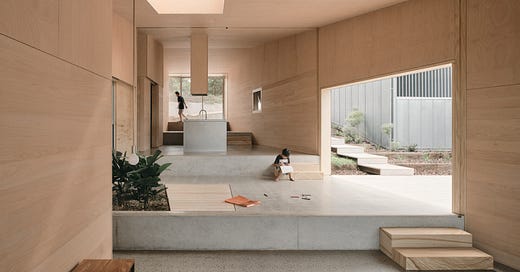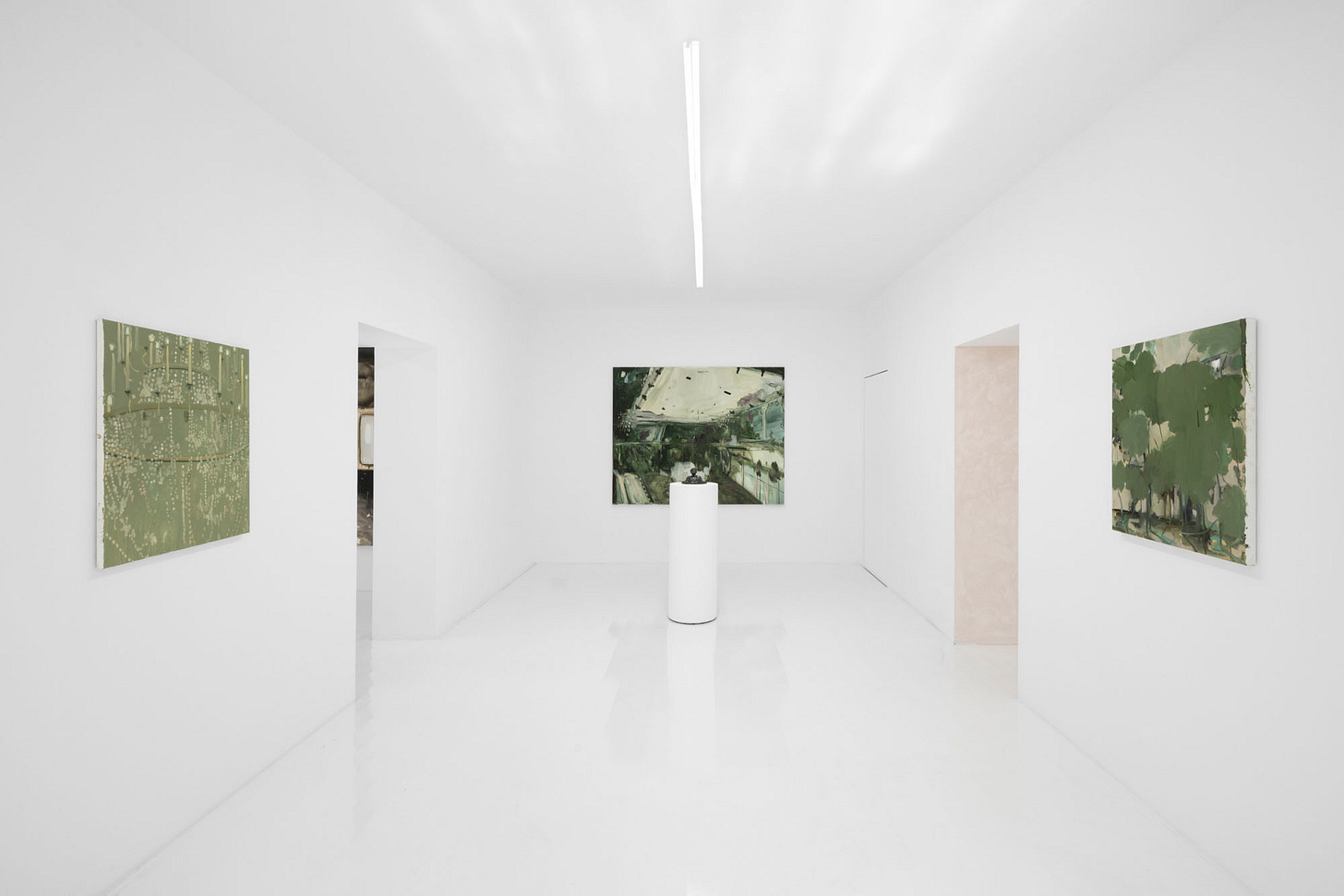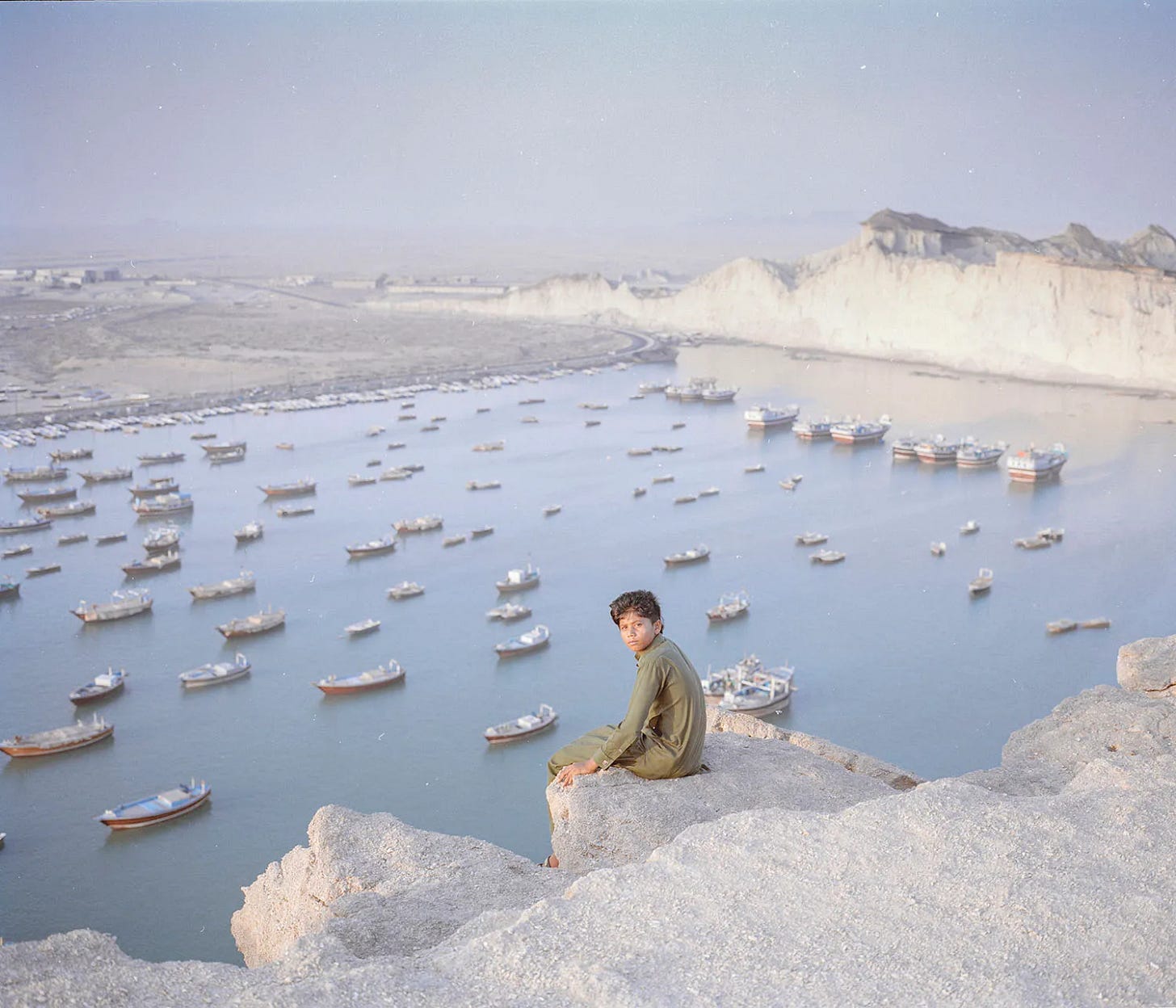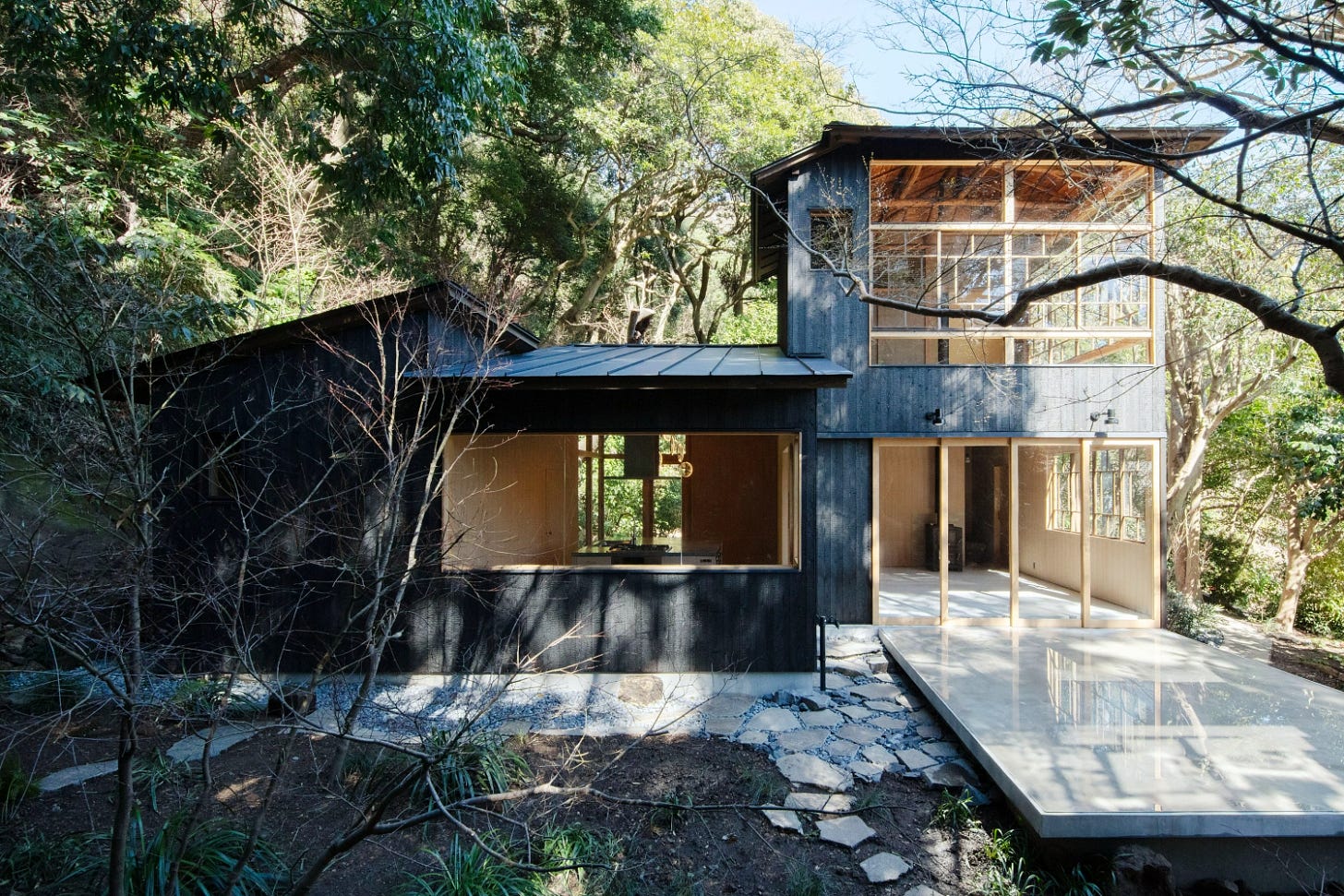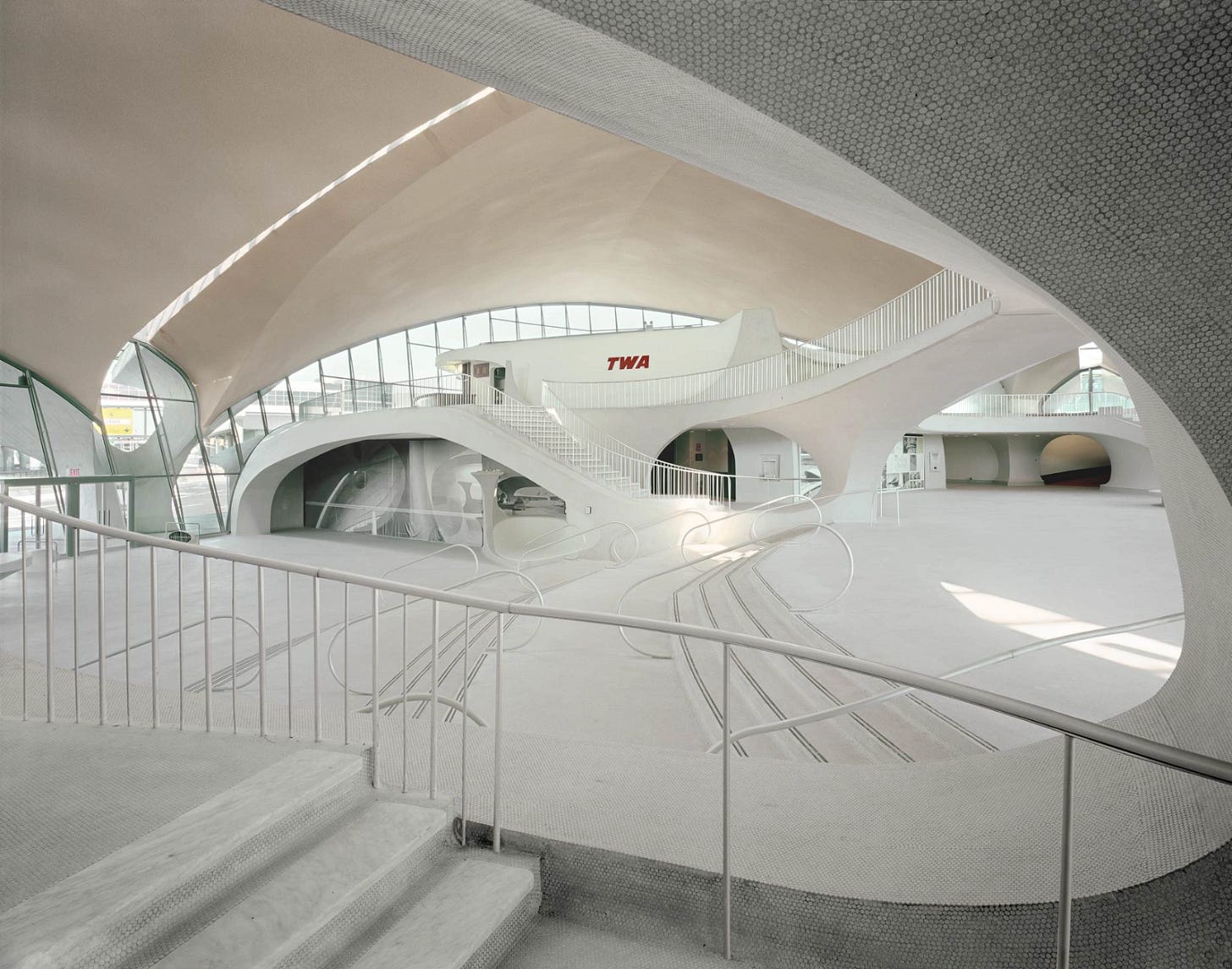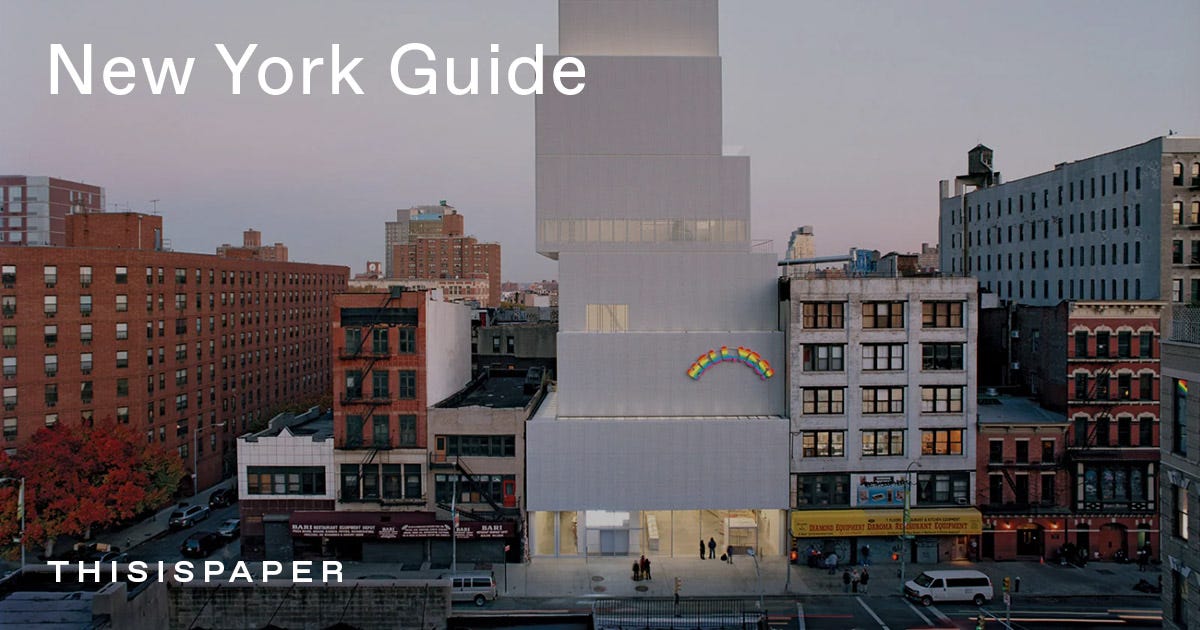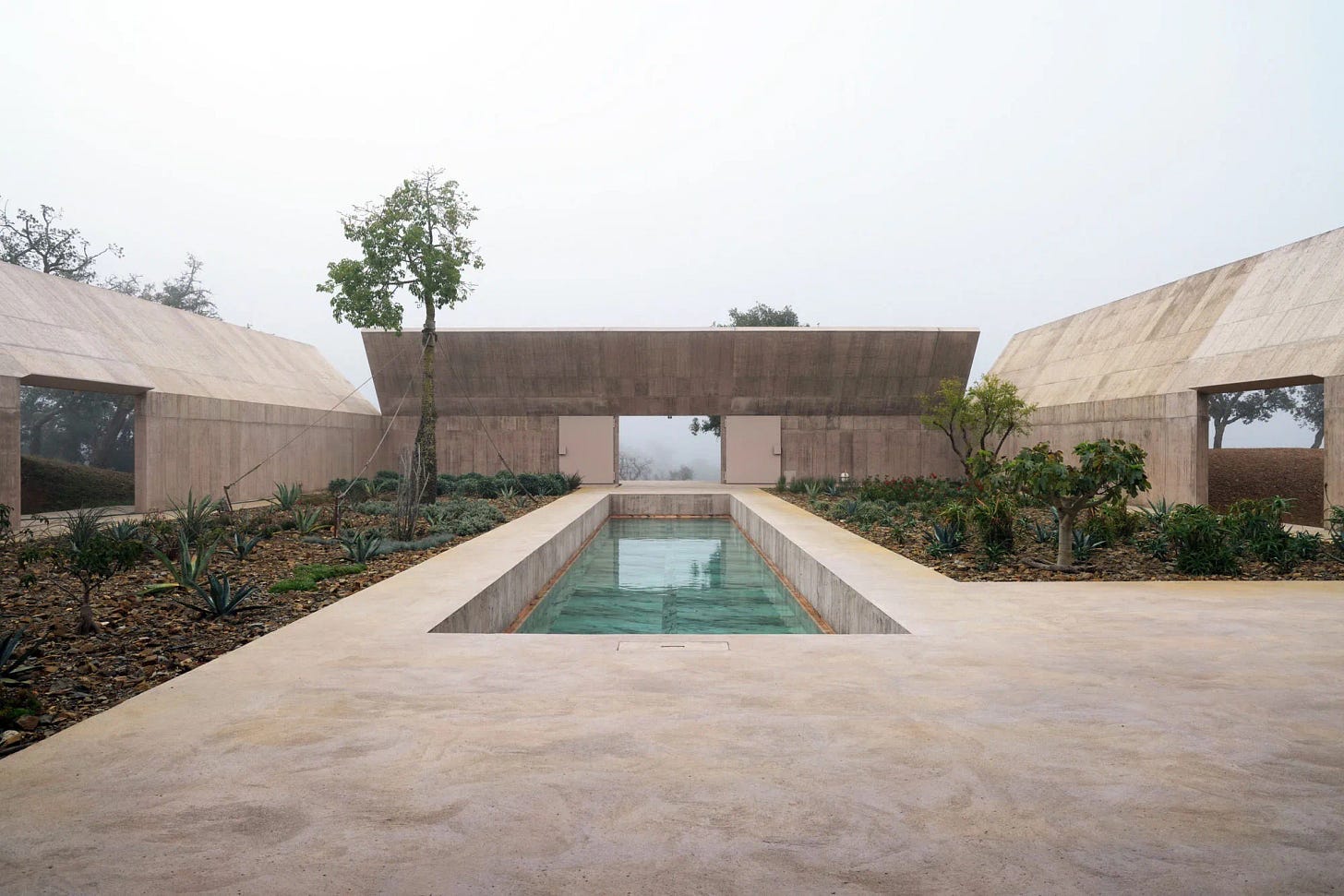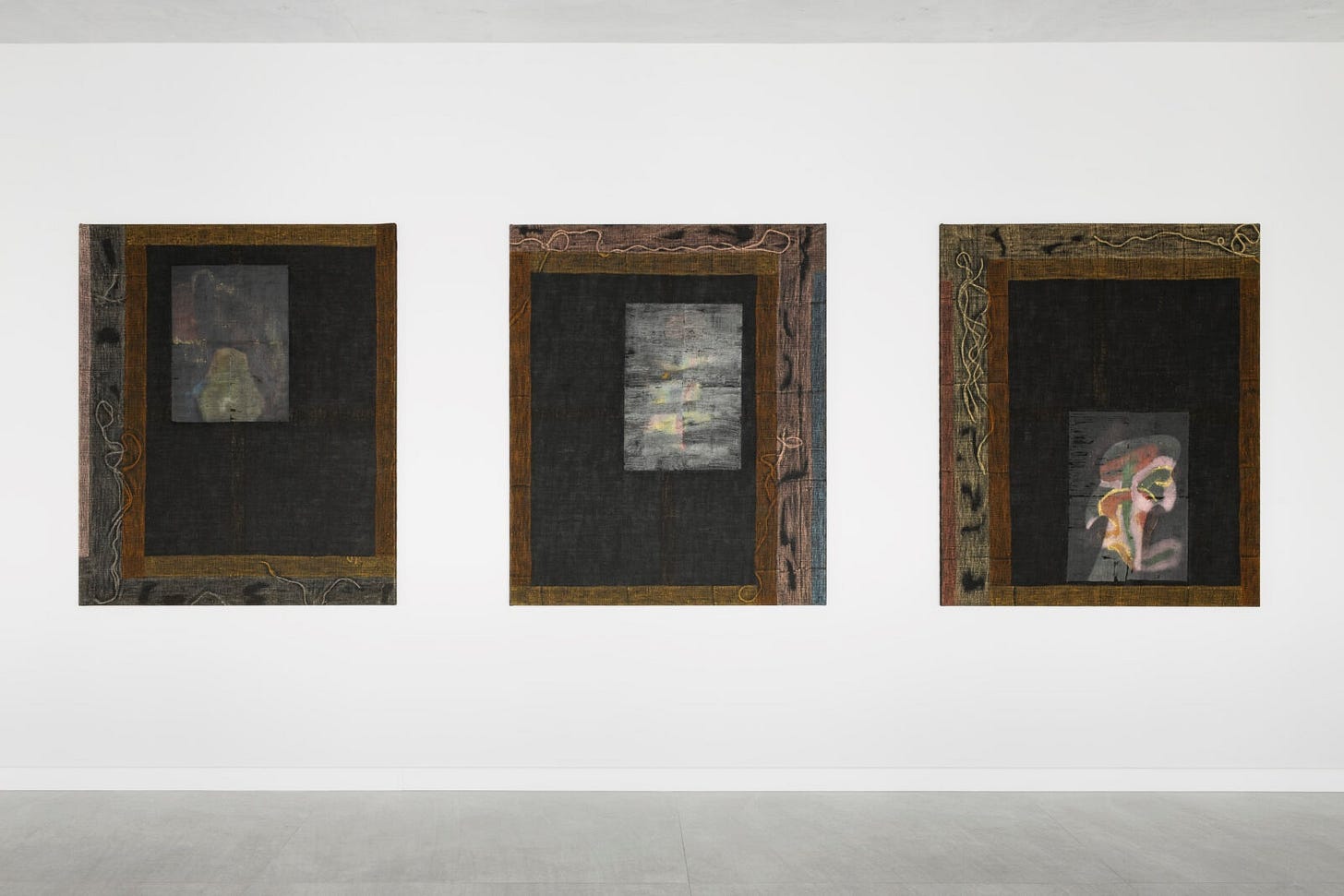145
This week: Eero Saarinen, Valerio Olgiati, Atelier Chen Hung, Rudy Cremonini, Khodi Feiz, Hashem Shakeri, Yuji Okitsu, Radek Brousil
Before we dive in, we'd like to share some recent updates at Thisispaper+.
① New Guide Released: Explore our latest guide featuring the best of New York.
② New locations: We’ve expanded our guides with fresh additions to London and New York City Guides + DwellWell and Climax Edition.
Mapleton House by Atelier Chen Hung redefines residential architecture through monolithic forms, passive design, and a reverent dialogue with the storied Australian landscape.
Four Minutes After Sunset by Rudy Cremonini at Capsule Shanghai crafts a tender, introspective poetics of ambiguity, transformation, and the ineffable temporality of dusk.
In Conversation with Khodi Feiz - Feiz Design Studio
Everything begins here—he points to his head. And it must be translated through this—he gestures toward his hands. Khodi Feiz, Iranian-born industrial designer based in Amsterdam, is a conscious observer of the world around him.
In An Elegy for the Death of Hamun, Iranian photographer Hashem Shakeri turns his lens toward a haunting portrait of ecological and human devastation.
From Thisispaper+ Member: Atelier in Kamakura in Japan by Yuji Okitsu is not merely a renovation—it is a meditation on the dialogue between decay and renewal, presence and memory.
Amid the sprawling infrastructure of JFK Airport, the resurrection of Eero Saarinen’s 1962 TWA Flight Center in New York as the nucleus of the TWA Hotel offers a masterclass in architectural resurrection.
Thisispaper Guide to New York
Beyond the clichés and cinematic snapshots lies a city pulsing with refined architecture, enduring design, and thoughtful culture. This is New York through the lens of calm curiosity—less noise, more nuance.
Valerio Olgiati’s Villa Além in rural Portugal is a monumental concrete retreat merging architecture with the arid terrain, offering a secluded sanctuary of shadow, tension, and elemental presence.
Radek Brousil’s dual exhibition between Wrocław and London unfolds time as memory, matter, and political critique, linking image, material, and labor in a haunting visual counter-tempo.


